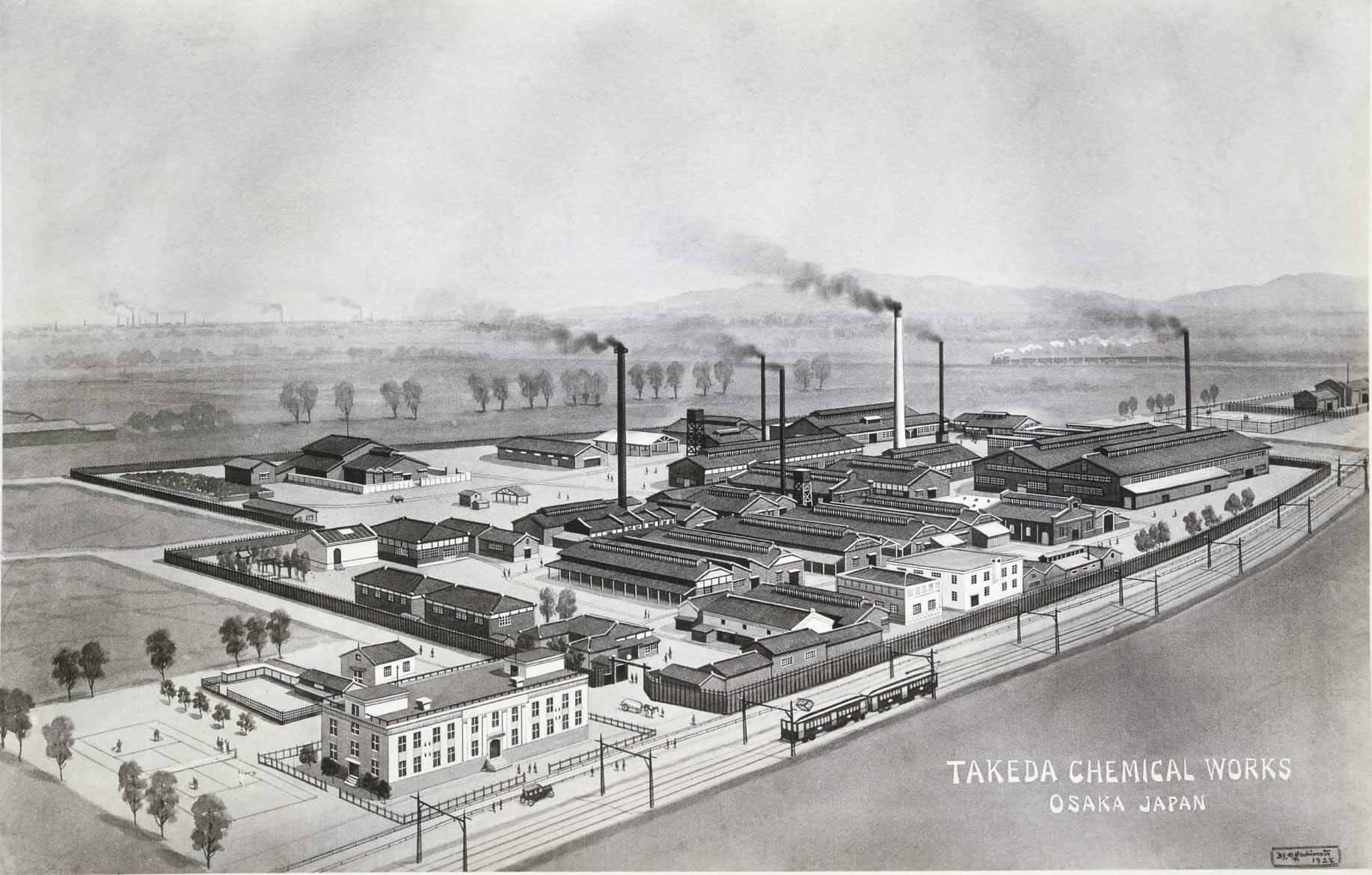About Our Company | Takeda Pharmaceuticals

Our Company
Creating better health for people and a brighter future for the world is our purpose. The science and technology we advance are constantly evolving. But through our enduring values, our ambition remains steadfast. We strive to deliver truly transformative treatments, contributing significant value to society while creating an exceptional experience for our people.

Our Corporate Philosophy

Our History
Company Information
Company Name
Takeda Pharmaceutical Company Limited
Global Headquarters
1-1, Nihonbashi-Honcho 2-chome, Chuo-ku, Tokyo 103-8668, Japan
TEL: +81 3 3278-2111 FAX: +81 3 3278-2000
Headquarters
1-1, Doshomachi 4-chome, Chuo-ku, Osaka 540-8645 TEL: +81 6 6204-2111 FAX: +81 6 6204-2880
Founded
June 12, 1781
Incorporated
January 29, 1925
Representative Director
Christophe Weber (President & CEO)
Paid-In Capital
¥1,676.3 billion *As of March 31, 2023
Number of Employees
5,486 (parent) 49,095 (consolidated) *As of March 31, 2023
Number of Shareholders
609,583 *As of March 31, 2023
Business Description
Research & Development, Manufacturing, Sales and Marketing, and Import/Export of Pharmaceutical Drugs, etc.
